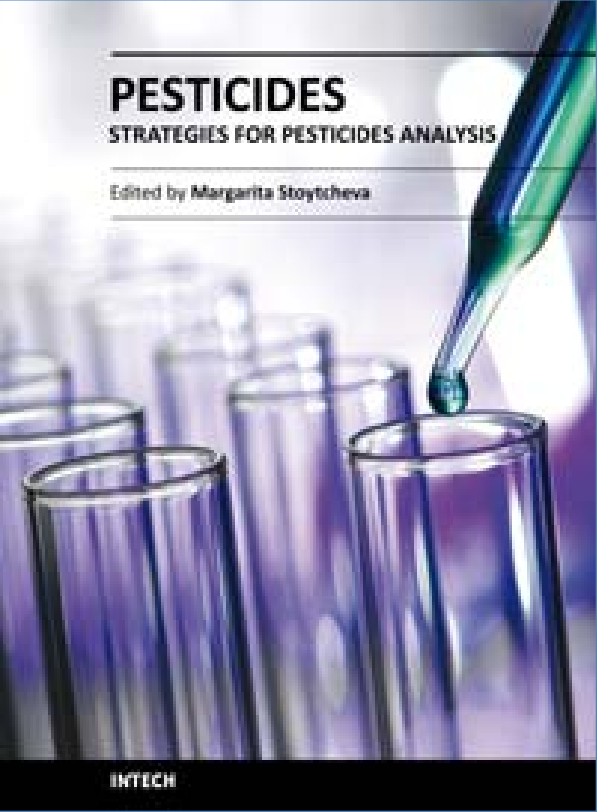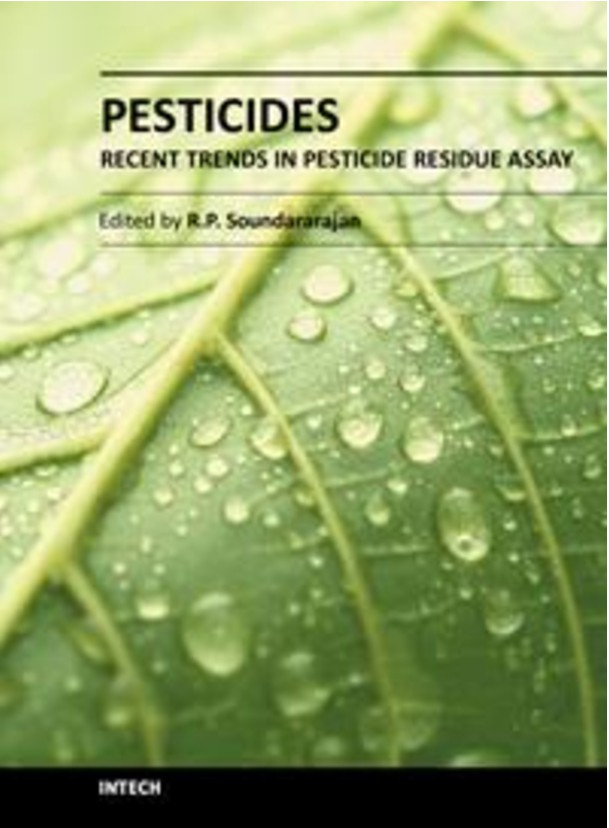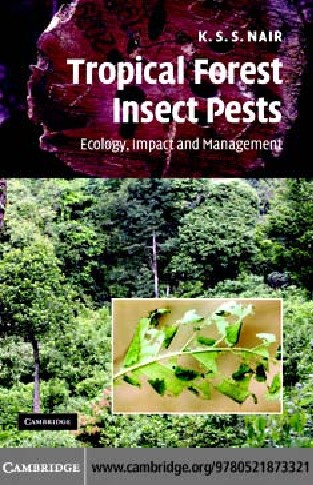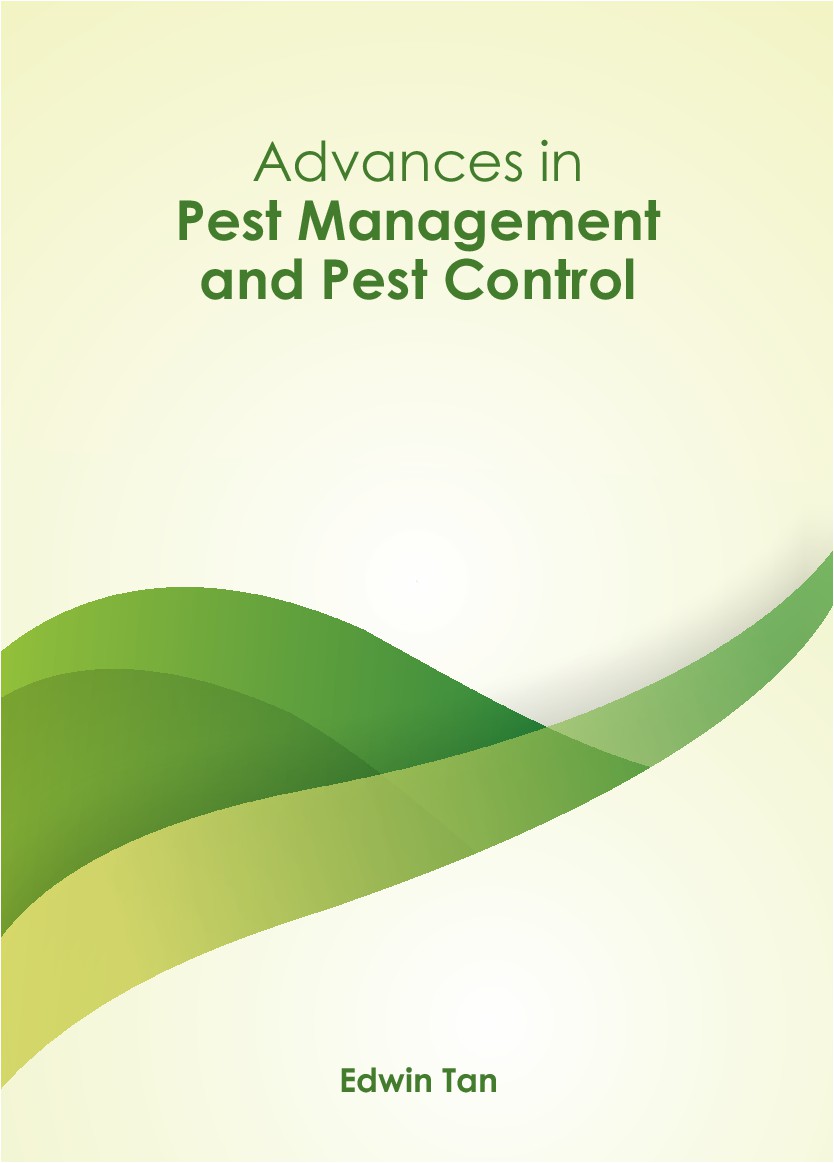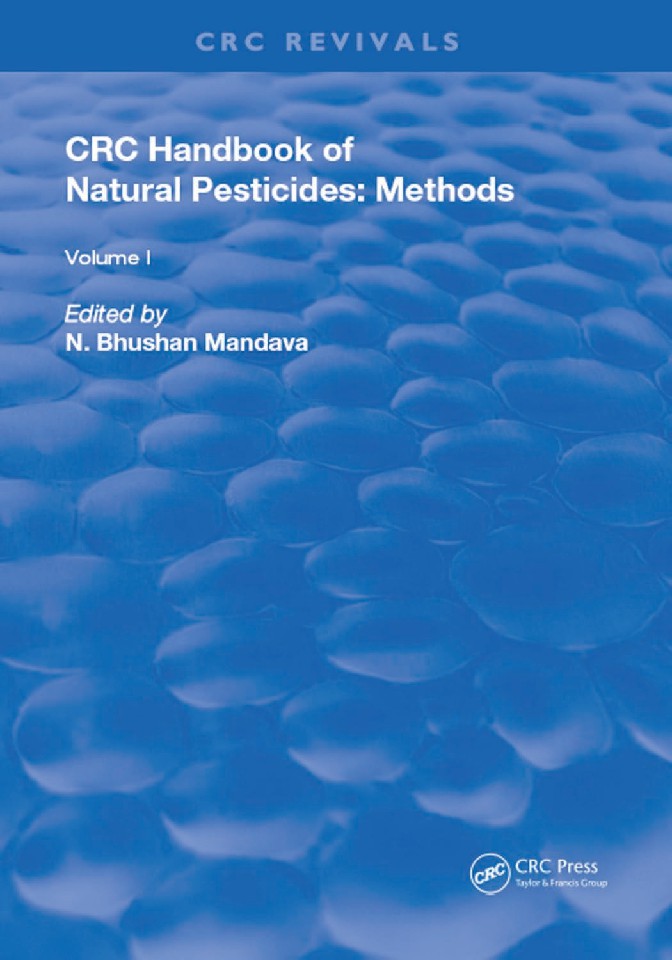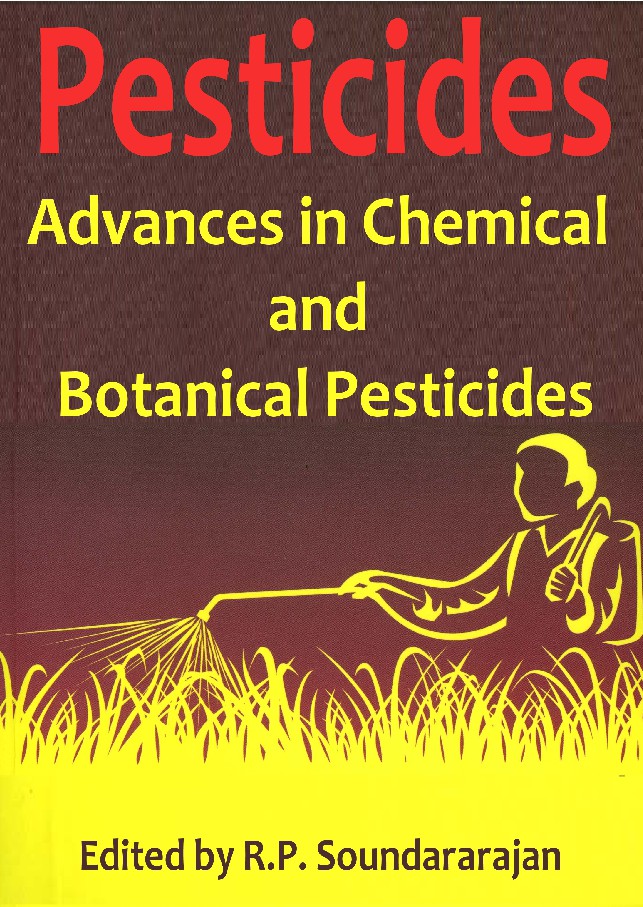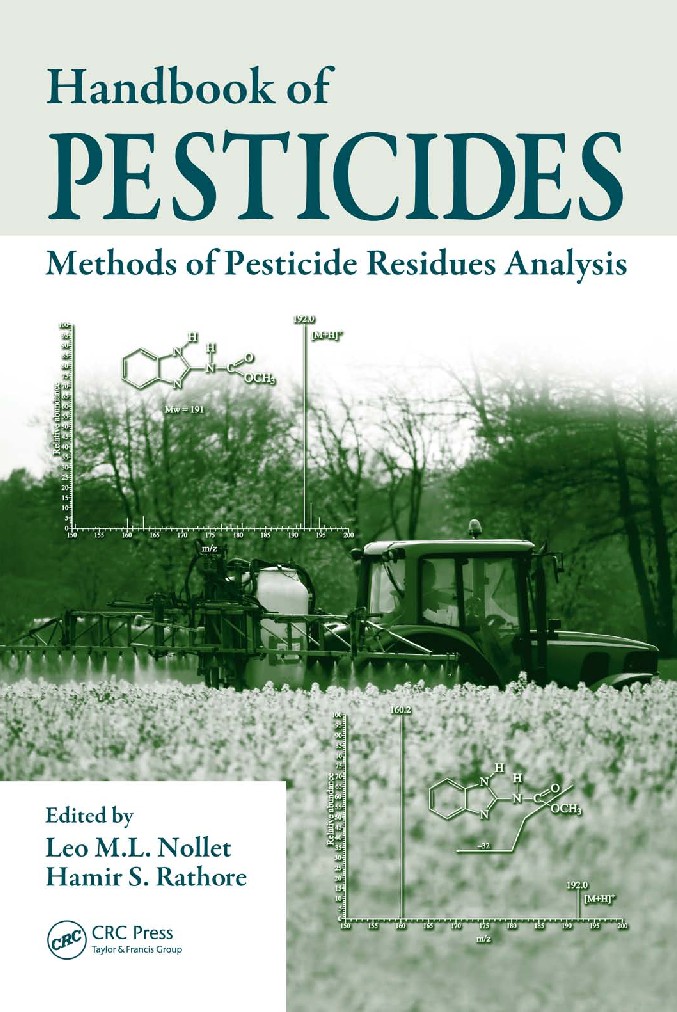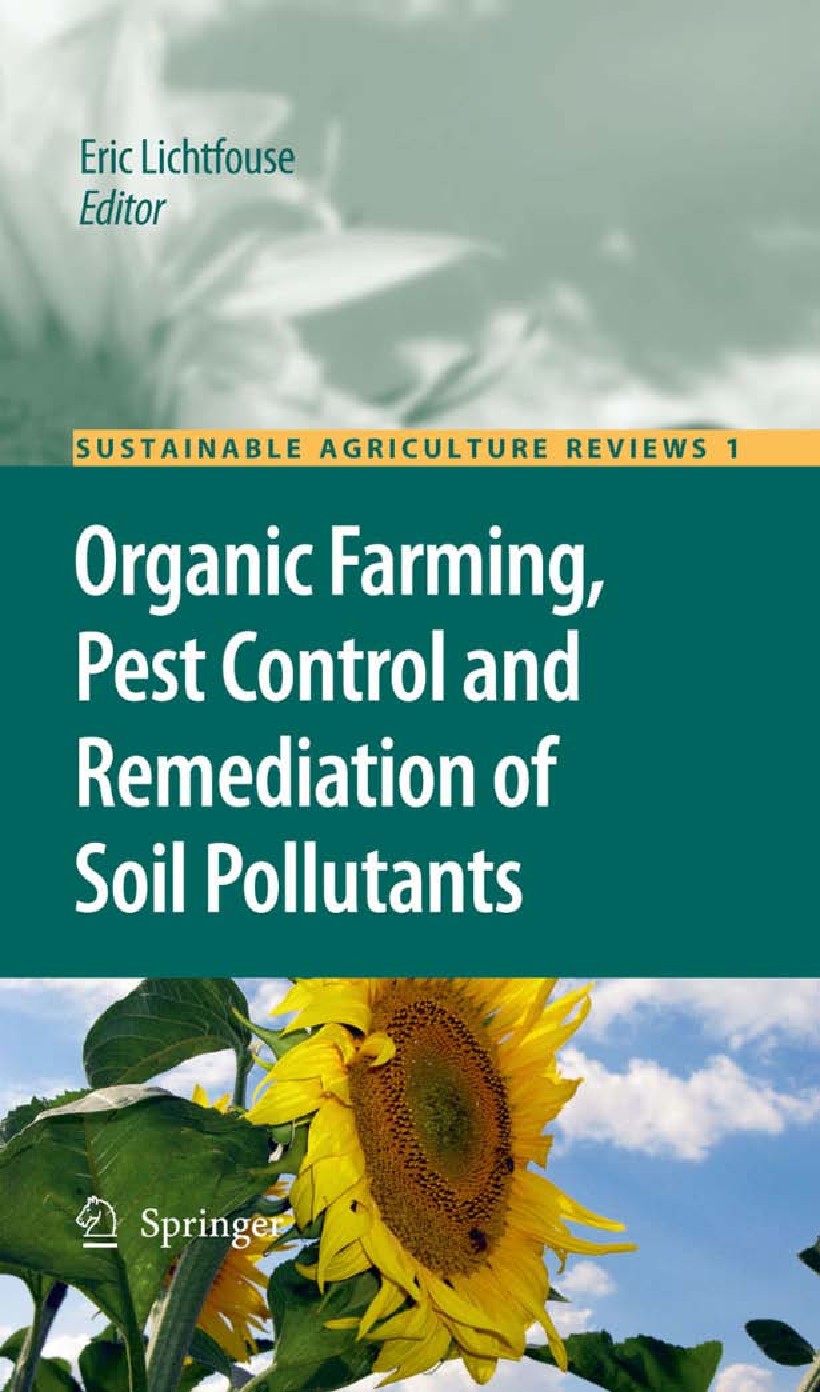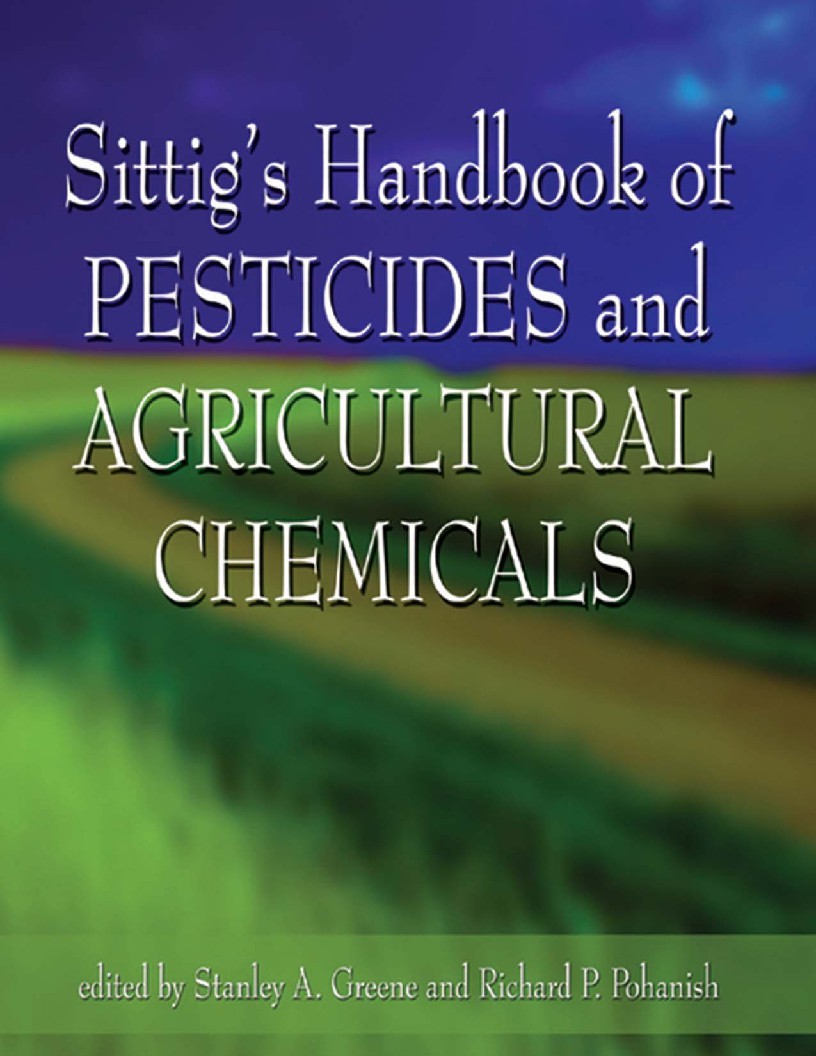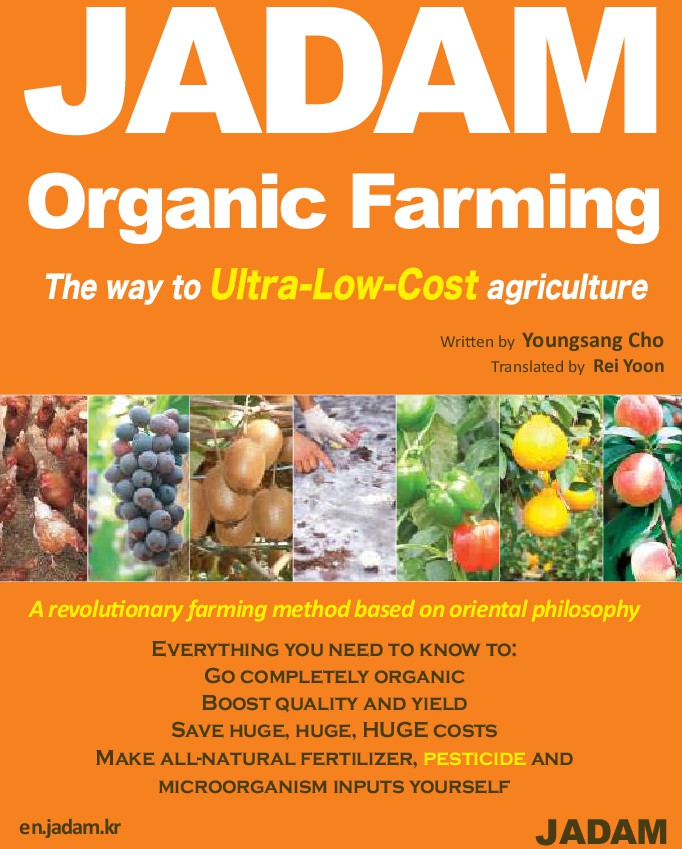Book Details
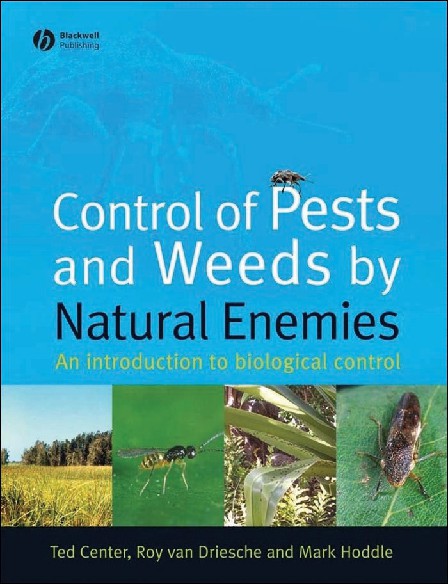
Control of Pests and Weeds by Natural Enemies An Introduction to Biological Control
This book replaces another on the same subject
published in 1996 by the senior author and Thomas
Bellows, Jr., of the University of California, whose
earlier contributions we acknowledge. This new book
builds on and updates the view of biological control
that was presented in that earlier book. One important
change has been an extensive effort to treat insect and
weed biological control with equal depth in all of the
book’s topic areas. This was facilitated immeasurably
by Ted Center of the USDA-ARS invasive plants
laboratory. While superficially similar, weed and insect
biological control differ profoundly in a long list of
particulars, not least of which being that plants rarely
respond to attack by sudden death (the universal
currency for scoring arthropod biological control), but
by a wide range of lesser impacts that accumulate and
interact. We have covered topics such as natural
enemy host-range estimation, agent colonization, and
impact evaluation, to name a few, in ways that work
for both pest insects and invasive weeds. We have
also included a chapter (Chapter 12) that is distinctly
focused on classical weed biological control.
Another major change is our effort to fully confront
both the non-target impacts associated with biological
control and the technical features of host-range measurement
and prediction that are the tools for better
future practice. Three chapters address these aspects.
Chapter 16 provides a summary of important historical
stages in the development of classical biological control
relevant to non-target impacts, including discussions
of many widely emphasized cases. Chapter 17 summarizes
issues and techniques relevant to predicting host
ranges of new agents and Chapter 18 considers indirect
effects and whether, as a potential means to limit such
effects, it might be feasible to predict the efficacy of an
agent before its release.
Author: Roy Van Driesche Mark Hoddle
Pages: 502
Issue By: eBook 707
Published: 3 years ago
Likes: 0

